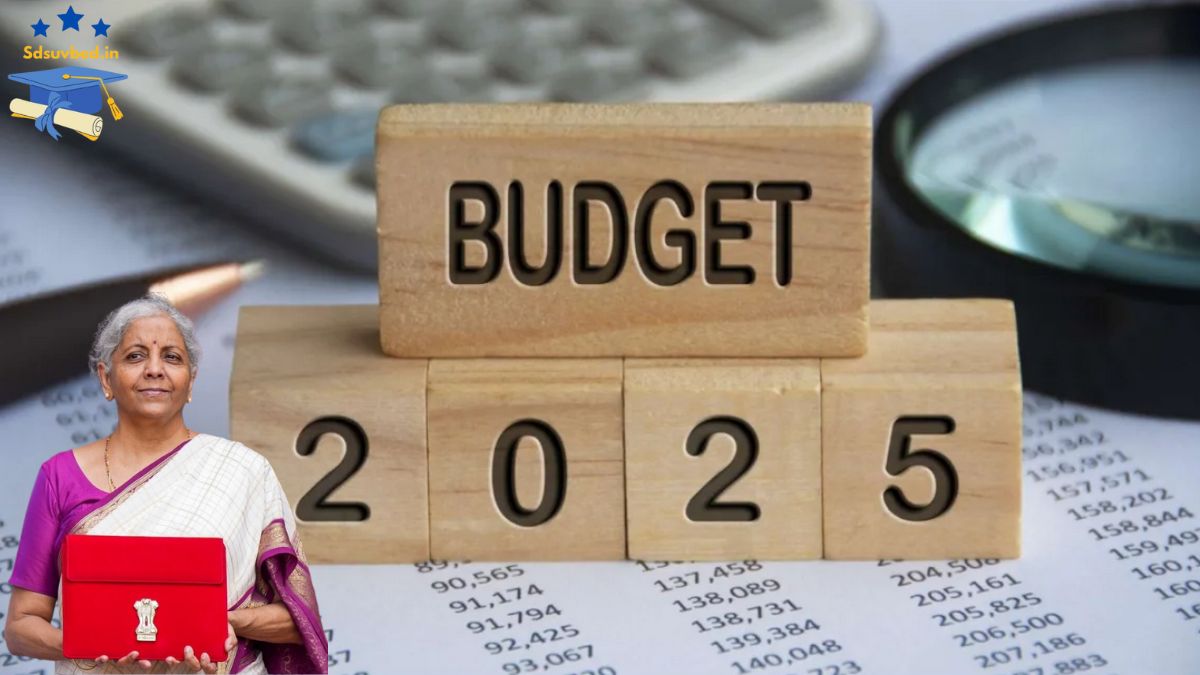The Union Budget 2024 brought several significant updates under the new tax regime during the Modi 3.0 government’s first term. These changes were aimed at easing the tax burden, enhancing transparency, and encouraging better financial practices among taxpayers. With the next budget scheduled for February 1, 2025, anticipation is high for further reforms, particularly in areas like income tax slabs, capital gains taxes, and benefits for salaried individuals.
To give you a clearer picture, here’s a detailed breakdown of the five key tax changes introduced in Budget 2024, along with their potential impacts.

Overview of Budget 2024 Changes
| Aspect | Details |
|---|---|
| Updated Tax Slabs | Revised slabs under the new tax regime, offering relief to middle-income earners. |
| Standard Deduction Increase | Standard deduction raised from ₹50,000 to ₹75,000 for salaried taxpayers. |
| NPS Contribution Limit Hike | Employer’s contribution deduction limit increased from 10% to 14%. |
| Capital Gains Tax Adjustments | LTCG exemption limit increased and tax rates adjusted for both STCG and LTCG. |
| TCS on Luxury Goods | Tax Collection at Source implemented on high-value purchases over ₹10 lakh. |
1. Updated Income Tax Slabs in the New Tax Regime
One of the most notable changes introduced in Budget 2024 was the revision of tax slabs under the new tax regime. This restructuring was designed to provide relief to middle-income earners, reducing their tax liability and increasing disposable income.
Here’s the revised tax structure:
- Income up to ₹3 lakh: No tax (0%)
- Income between ₹3 lakh and ₹6 lakh: 5%
- Income between ₹6 lakh and ₹9 lakh: 10%
- Income between ₹9 lakh and ₹12 lakh: 15%
- Income between ₹12 lakh and ₹15 lakh: 20%
- Income above ₹15 lakh: 30%
Example: Under these slabs, a taxpayer earning ₹9 lakh annually could save up to ₹17,500 compared to the previous structure.
This revision not only benefits the middle class but also aligns the tax regime with the government’s objective of promoting the simplified tax structure over the traditional one.
2. Increased Standard Deduction
In a bid to provide additional relief to salaried employees and pensioners, the standard deduction under the new tax regime saw a substantial increase:
- The deduction was raised from ₹50,000 to ₹75,000 for salaried individuals.
- For family pensioners, the deduction was increased from ₹15,000 to ₹25,000.
This adjustment aims to reduce taxable income, directly increasing take-home pay for salaried individuals and retirees.
Impact: A pensioner receiving ₹5 lakh annually can now claim a higher deduction, reducing their overall tax burden.
3. Boost to NPS Contributions
The National Pension System (NPS) remains a critical element of India’s retirement planning landscape. To encourage employees to save more for their future, the government increased the deduction limit on employers’ contributions:
- The deduction cap was raised from 10% to 14% of salary under the new tax regime.
This increase applies primarily to central government employees but sets a precedent for private employers to adopt similar practices.
Benefit: Employees contributing to NPS can save more on taxes while securing greater retirement benefits.
4. Revisions in Capital Gains Tax
The Budget also introduced changes to capital gains taxation to balance long-term investments and short-term speculative gains:
- Short-Term Capital Gains (STCG) tax rate: Raised from 15% to 20%.
- Long-Term Capital Gains (LTCG) tax rate: Increased from 10% to 12.5%.
- LTCG exemption limit: Enhanced from ₹1 lakh to ₹1.25 lakh for equity investments.
These changes are intended to encourage taxpayers to focus on long-term investments while contributing to government revenues from short-term trading activities.
Example: An investor earning ₹1.2 lakh in long-term capital gains will now pay taxes only on ₹70,000, benefiting from the increased exemption limit.
5. Tax Collection at Source (TCS) on Luxury Goods
To curb tax evasion and monitor high-value transactions, the government implemented Tax Collection at Source (TCS) on luxury goods exceeding ₹10 lakh. Effective from January 1, 2025, this measure ensures better oversight of significant financial activities.
Luxury items include high-end cars, premium watches, and exclusive jewelry.
Significance: By tracking high-value purchases, the government aims to promote tax compliance among affluent individuals.
Impact of These Tax Changes
The updates introduced in Budget 2024 have multiple implications:
Relief for Middle-Income Earners
- Adjusted tax slabs and higher standard deductions make the new tax regime more appealing.
- Increased disposable income for salaried individuals encourages consumer spending, which boosts economic activity.
Shift Toward Long-Term Investments
- Changes to LTCG tax and exemption limits incentivize long-term financial planning over short-term speculative investments.
Enhanced Oversight on Wealthy Transactions
- The introduction of TCS on luxury goods ensures better monitoring of high-value purchases, reducing potential tax evasion cases.
Promoting Retirement Savings
- Higher NPS contribution limits motivate employees to plan for retirement, fostering long-term financial security.
FAQs
1. How do the new tax slabs differ from the old regime?
Under the new tax regime, the slabs are simplified, with reduced tax rates for middle-income earners. In contrast, the old regime offered exemptions and deductions but at higher tax rates.
2. Who benefits most from the increased standard deduction?
Salaried individuals and pensioners benefit significantly, as they can claim higher deductions, reducing their taxable income.
3. What is the purpose of introducing TCS on luxury goods?
The measure aims to monitor high-value transactions and curb tax evasion by ensuring better reporting and compliance among affluent taxpayers.
4. How does the increased NPS contribution deduction help employees?
It allows employees, especially in the public sector, to save more for retirement while simultaneously reducing their taxable income.
5. Why were the tax rates for capital gains revised?
The revision aims to encourage long-term investments, balancing the focus between short-term trading and sustainable financial planning.
With these reforms, Budget 2024 demonstrated the government’s commitment to simplifying taxation and supporting long-term financial security. As taxpayers await Budget 2025, these changes serve as a benchmark for assessing the government’s efforts to make the tax system more equitable and efficient.
Click here to know more.
Kishan is an experienced writer with in-depth knowledge of exam preparation, government schemes, and government job updates. He specializes in creating well-researched and informative content on competitive exams, policies, and educational topics. His writing style is clear, concise, and easy to understand, making complex subjects accessible to readers.
